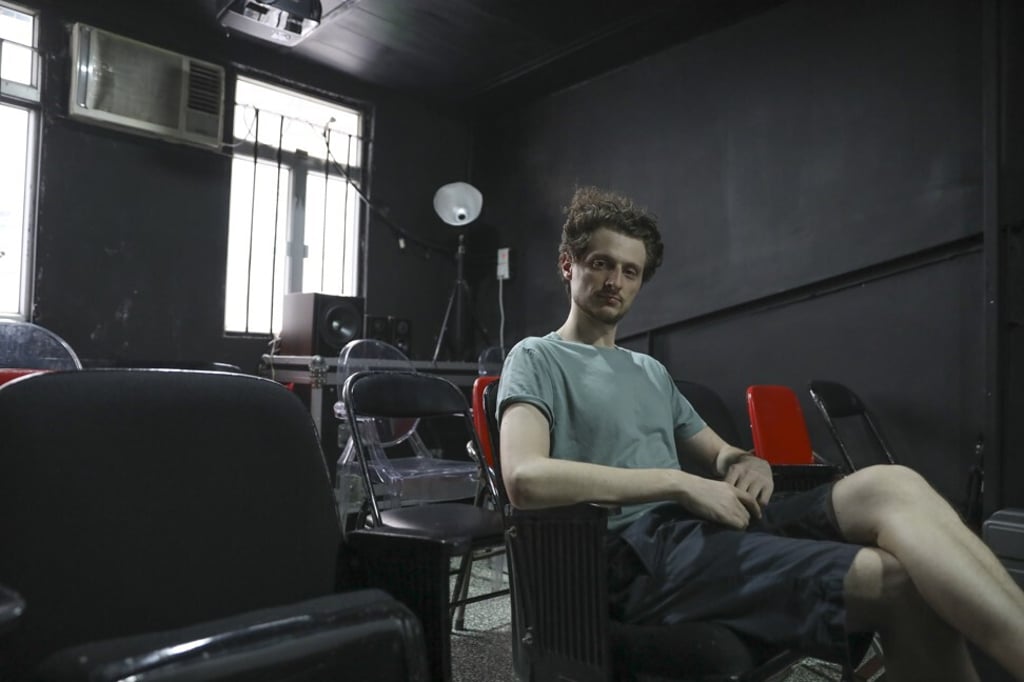At Thy Lab, old family photos tell stories of Hong Kong culture and heritage
From its base in Sham Shui Po, visual-research hub Thy Lab is archiving Hongkongers’ images and home movies to capture the spirit of the city, and it wants your ‘audiovisual gems’, too

“There were hundreds of photos, many wet and stuck together so it took a few days to separate and dry them,” says Alberto Gerosa, who is helping Thy Lab compile the city’s largest archive of Hong Kong family images. “We posted information online hoping to find the owners but had no luck.”
Gerosa says the images are some of the most intriguing of the 10,000-plus visuals that make up the archive the lab began compiling in 2013.
“People from all over Hong Kong have dropped off family albums, old cassettes and negatives – boxes they had stored at home.” Other images were retrieved from bins while some were bought from the growing number of vintage shops in the district.

Gerosa says a visual archive plays a vital role in creating a “shared memory”.
“Communities worldwide collect family photos and home movies to preserve people’s memories and these materials constitute an integral part of a place’s heritage […] People’s aesthetics and habits seen in these images from the past appear very different to today, but the spirit Hongkongers are known for is certainly vivid.”